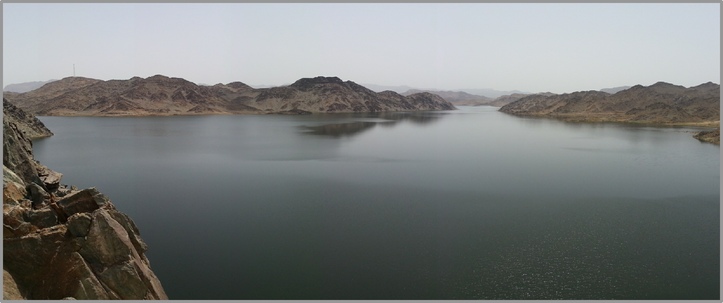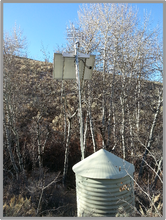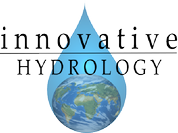
Saudi Arabia: Water Resources Network Modernization, 2013

Summit Lake Paiute Reservation: Real-time monitoring equipment installation, 2013


Panama: Data Collection Software and Visualization Installation, 2013


Rwanda, Africa
Part I
2007
Rwanda! This my first trip to Africa. I worked in the Nyungwe National Park which is located in the south-west corner of Rwanda. My work entailed the modernization of the radio communications infrastructure within the park so that park rangers could effectively do their job in tracking wildlife, deterring poachers, and generally supporting the park. This is no small feat, as the terrain is very complex. This was a USAID project with the sole intent to purely help a people with no other apparent geopolitical/geoeconomic agenda. The project is intended to support ecotourism through improved biodiversity conservation in Rwanda, and in particular aiding the Nyungwe National Park in managing the natural beauty of the park, both flora and fauna. The Nyungwe National Park is located just 2 degrees south of the equator. I was expecting a hot humid climate, but was pleased to find the altitude of the park to be between 6,000 and 10,000 ft, which equated to perfect temperatures during the day time, and equally comfortable temperatures in the evening. This is my most amazing trip of the year, a year where I have traveled to many beautiful places. This was spectacular on a different level. The situation here is about the most primitive that I have experienced. There is virtually no vehicle use outside of Kigali, the capitol, as most the residents appear to walk from place to place. The jungle, which was the location of my work, was captivating. A true rain forest, though my visit was in the dry season. The park is home to monkeys and wild pigs. The last surviving elephant was killed by poachers in 1999. The park intends on reintroducing the elephant, and with a growing number of park rangers and trackers, the survival of the elephant would appear optimistic. This was just a much different trip. As I started my trip out of Kigali, I noticed that being white was of great interest to the people of Rwanda, especially when one travels away from the city center. In the coming days I would see this played out as I visited very small rural communities where I was likely first white person that the communities had seen. I was greeted by chants of “muzung” (white person) at some places. I don’t think there was a person who didn’t wave to me as I passed by. When I waved back they seemed delighted. Unfortunately, Rwanda is also known as the location of the “Genocide” which occurred in 1994 at a time when the world stood by and watched a people being brutally decimated. The rate of death was over 5 times that of Holocaust. There was no attempt to conceal what was going on as in Germany’s case. In a few short months one million people had perished by machete, hoes, rocks, you name it. If you didn’t want to be killed so brutally, you could give your assailant money and they would use a bullet. Humanitarian aid to address famine was used almost exclusively to feed the military. Ambulances were used to transport military goods, and World Bank and International Monetary Fund loans were used to purchase enough weapons to arm every citizen. During the years preceding the genocide, Rwanda became the third largest importer of weapons in Africa, with both France and Egypt being the greatest benefactors of arms sales. France’s interest in Rwanda was to further develop the French language and culture, as many countries in Africa were already developing as English speaking countries. Amazing that this would occur as recently as 1994. The events that followed in Rwanda were devastating.
The country now is healing. The National Park is truly stunning. The following pictures are my usual mixture of work photos combined with a few observations that I found fascinating.
| Design |
| Installation |
| Operation and Maintenance |
| Data Services |
| Current Projects |
| Past Projects |
| Adventures |
| Videos |
| Adventures-India-BBMB 2009 |
| Adventures - Jordan 2009 |
| Adventures- Rwanda, Africa 2008 |
| Adventures - Rwanda, Africa 2007 |
| Adventures - Colombia 2007 |
| Adventures - Australia I, 2004 |
| Bangladesh, 2012 |
| Saudi Arabia, 2012 |
| SFWPA Video, 2010 |
| India Video, 2009 |
| Jordan Video, 2009 |
| Peru Video, 2009 |
| USBR Video, 2009 |
| Rwanda Video, 2008 |